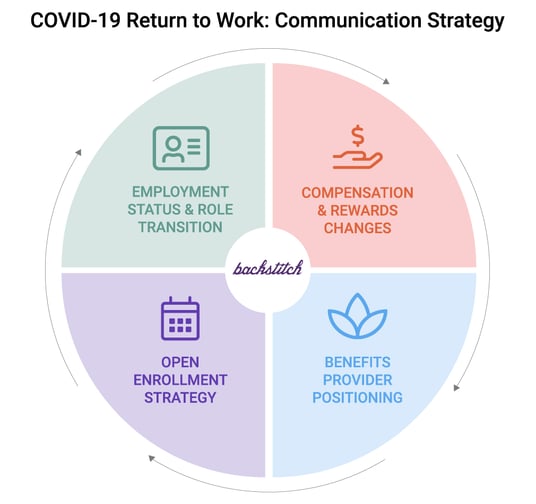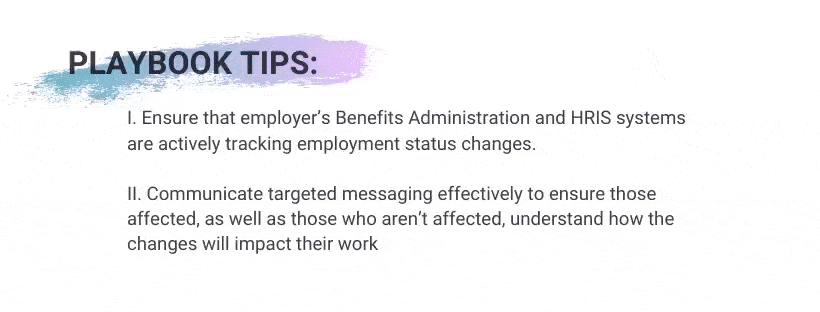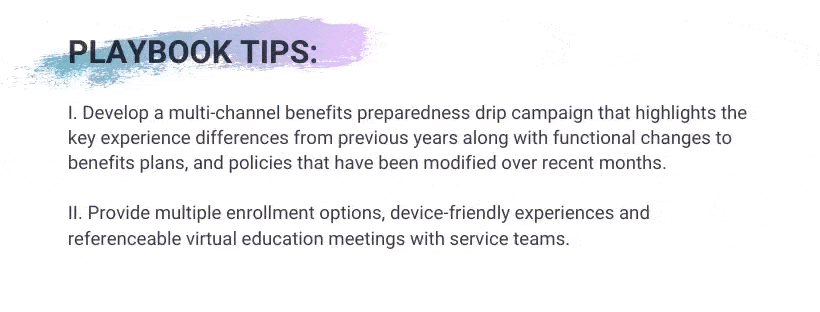COVID-19 has created huge shifts in the workplace. From rapid increases in remote work, unemployment, and crisis management strategies - these unprecedented times have given employers new challenges to tackle every day.
Although it is impossible to predict how the world will recuperate, many experts expect businesses to begin to open soon. States’ stay at home orders are beginning to lift and cases are beginning to subside. We cannot tell the future, and can only recommend following your state’s laws and CDC Guidelines. However, when the time comes that things start back up, one thing is clear: things will be different. Adjusting to this “new normal” will not be easy.
Changes in employee attitudes and priorities, as well as government policies and supply chain operations and more will likely have rippling effects on every industry. When the time comes, don’t go into these uncharted waters unprepared. We’ve included four practical strategies outlining new expectations for employers along with practical playbook tips to execute a successful COVID-19 Re-Emergence Communications plan.

Employment Status & Role Transition
In just 3 weeks, 16 million Americans have filed weekly unemployment claims. To say that there will be shifts in employment status and role transitions would be an understatement. Even if your company wasn’t hit hard, the chances that one of your clients, supply chain partners, or other related personnel has is high. The chance that some of your employees will not be able to re-enter work due to family or health matters is equally high.
Considering this, employers must stay connected to furloughed and compensation-impacted populations. They should create clear and defined employment status transition plans and provide real-time role, workplace safety and health updates. Most of all, employers should make sure they are transparent when disclosing information about employment changes. It is a scary, hard time for many employees, so communicating clearly and often is vital.
 Benefits Provider Positioning
Benefits Provider Positioning
Not only has COVID-19 created many tangible changes, it’s resulted in impactful changes to company culture and employee attitudes. Maybe for some, the season has made them realize how important having a good healthcare plan is. Maybe for others, it’s realizing that they need to be more financially responsible.
Whatever the case, it is your responsibility to help your employees understand which benefits and health providers will deliver the most impactful value. As fears of a continuous recession are looming, it is extremely important to leverage benefits for employee retention. You should help your employees engage with experts and education to easily implement action-based suggestions.
Compensation & Rewards Changes
Along with all the other changes, there is no doubt that budget and compensations will also fluctuate. As an employer, it’s vital to be open and honest about what these changes entail and how they impact your employees.
You should give ongoing updates on salary, hourly rate, bonus and benefits contribution impacts to employees. You should avoid vague communications. Transparent communication around what’s changing and for how long will be most appreciated..gif) Open Enrollment Strategy
Open Enrollment Strategy
As COVID-19 has greatly impacted the healthcare sector, employees' attitudes around their benefits are also likely to shift. These may include a higher prioritization of their benefits or a desire for more telemedicine options. Employees may also want to better understand the full breadth of the benefits your company offers.
Consequently, employers will be expected to communicate about their Open Enrollment and Benefits very efficiently. To do so, employers should establish new notification channels and mobile centric experiences. Include access to audio or video content and real-time chat solutions to communicate changes to employees.
.gif)

